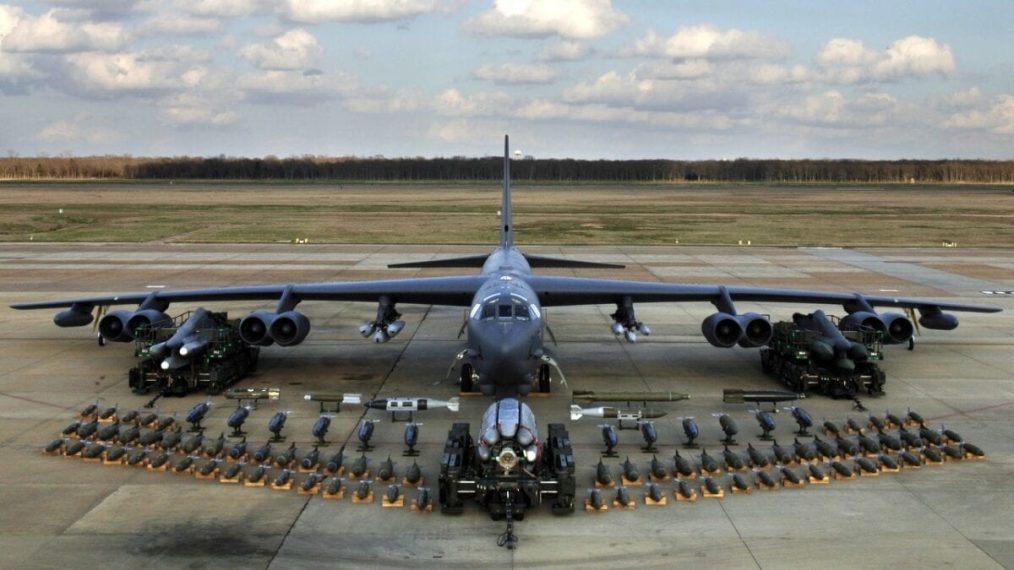Boeing B-52 static display with weapons, Barksdale AFB. Image: Creative Commons.
The Boeing B-52 Stratofortress, a symbol of endurance and adaptability in U.S. military aviation, is set to receive a revolutionary upgrade through the ambitious B-52J modernization program. At the heart of this transformation is the Rolls-Royce F130 engine, recently certified in December 2024 after two years of rigorous development—a major milestone for the program.
Despite delays, the B-52J’s upgrades promise to redefine the aircraft’s capabilities. A comprehensive overhaul will introduce advanced radars, digital avionics, modernised engine pylons, satellite-aided navigation, and robust communications systems. These enhancements ensure the B-52J remains a formidable long-range asset capable of delivering massive payloads, supporting future technologies like Collaborative Combat Aircraft (CCA).
The program’s setbacks haven’t diminished its advocates’ enthusiasm. They emphasise the bomber’s enduring role in U.S. air strategy, paralleling Russia’s continued use of its Tu-95 fleet. With plans to extend its service life into the 2050s, the B-52J is poised to complement cutting-edge platforms like the B-21 and F-15EX, ensuring versatile, multi-role capabilities.
The B-52’s storied legacy and adaptability highlight its value. As it evolves, the Stratofortress remains a testament to engineering ingenuity, proving its worth in an ever-changing strategic landscape.












